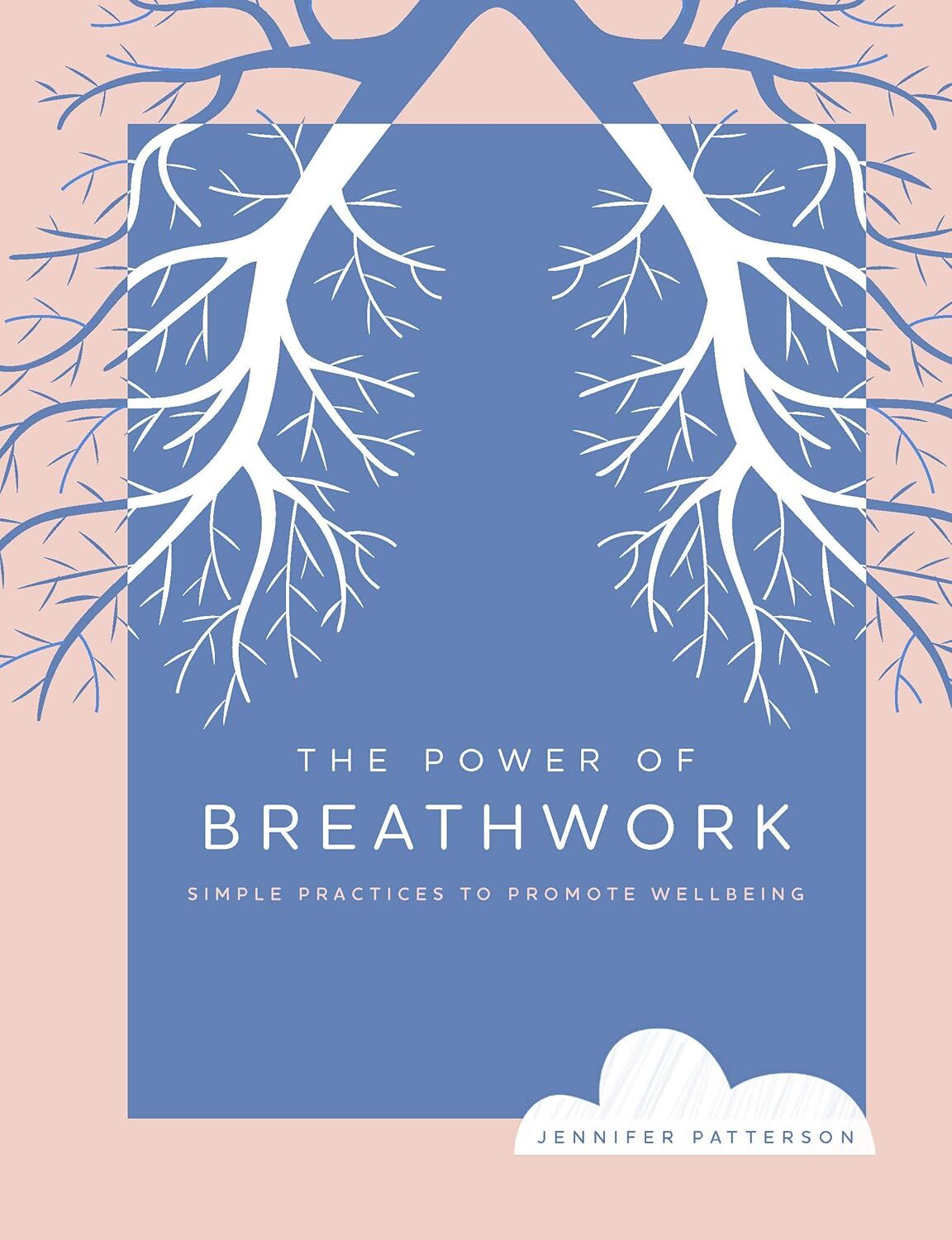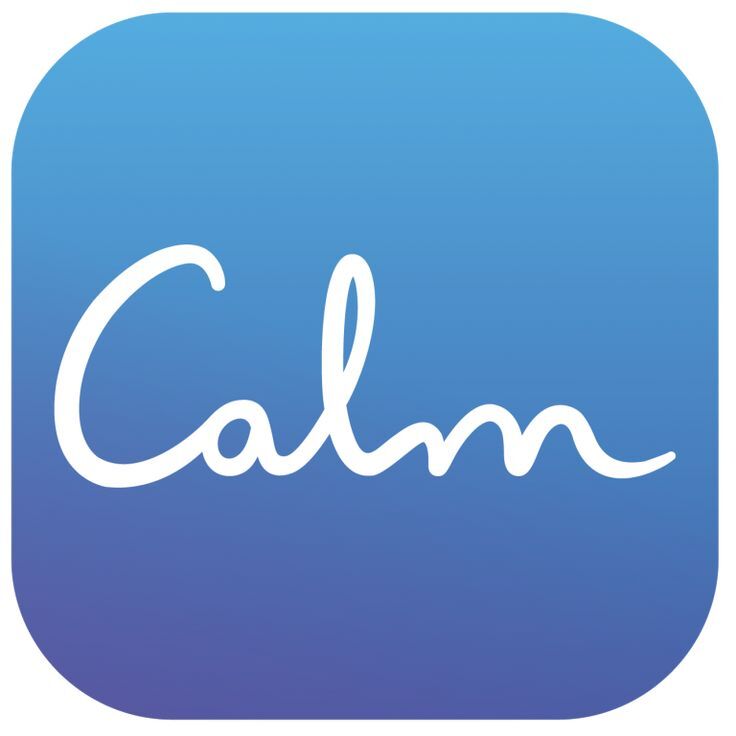Box Breathing
Reduce Stress with Controlled Breathing

Introduction
Box Breathing, also known as square breathing or four-square breathing, is a simple yet powerful relaxation technique used to reduce stress, improve focus, and promote emotional balance. Popularized by Navy SEALs to enhance performance under pressure, it involves a rhythmic pattern of inhaling, holding, exhaling, and holding again—each for an equal count, typically four seconds. This method is effective for managing anxiety, improving concentration, and calming the nervous system, making it accessible for anyone seeking mental clarity or stress relief.
What You Need To Know
How To Do It
Instructions:
Sit upright in a quiet, comfortable space or lie down if preferred. Place your hands on your lap or knees, and close your eyes to minimize distractions.
2. Breathe Through Your Nose
Use slow, deep nasal breathing throughout the exercise to maximize oxygen intake and engage the diaphragm.
3. Follow the Box Pattern
Perform the following steps in a steady rhythm, counting to four for each phase:
- Inhale: Breathe in deeply through your nose for 4 seconds, filling your lungs.
- Hold: Hold your breath for 4 seconds, keeping your body relaxed.
- Exhale: Slowly exhale through your nose or mouth for 4 seconds, releasing all air.
- Hold: Pause and hold your breath for 4 seconds before starting again.
4. Repeat the Cycle
Continue the pattern for 4–5 cycles (about 1–2 minutes). Gradually increase to 5–10 minutes as you become more comfortable.
5. End with Awareness
After your final cycle, take a moment to notice your body’s relaxed state. Breathe naturally for 1–2 minutes, observing any changes in tension or mood.
Helpful Tips:
- Start small: If four seconds feels challenging, begin with a 3-second count and gradually increase.
- Stay relaxed: Keep your shoulders and jaw loose to avoid tension.
- Practice anywhere: Box breathing is discreet and can be done at work, home, or in stressful situations.
- Sync with visualization: Imagine tracing a square as you breathe to maintain rhythm.
- Use a timer: Apps or a metronome can help keep your counts consistent.
- Practice daily: Aim for 5–10 minutes, especially during high-stress moments or before bed.
- Combine techniques: Pair with mindfulness or meditation for deeper relaxation.
- Be patient: Regular practice enhances benefits over time.
Related Topics:
Strongly Related
Reduce Stress:
[Links to related web pages]
[Links to related web pages]
[Links to related web pages][Links to related web pages]
Moderately Related
Issue B:
[Links to related web pages]
[Links to related web pages]












